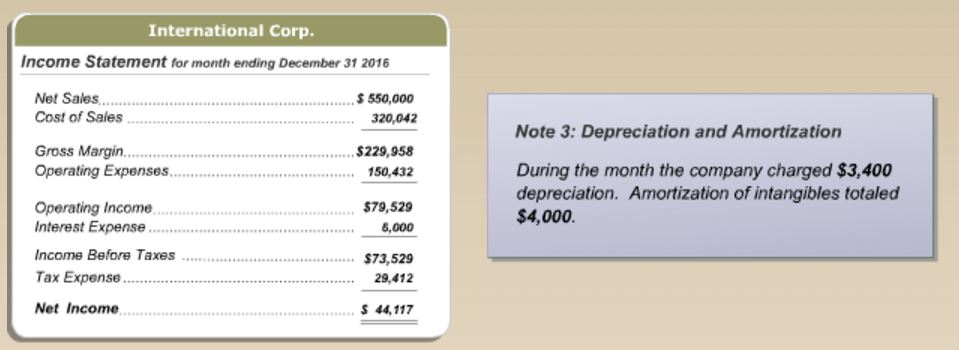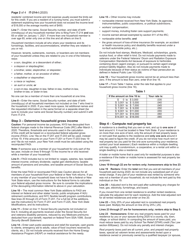

Prior to the 2023 FAFSA for the 2024-2025 school year, funds withdrawn from a grandparent-owned 529 plan counted as student income on the Free Application for Federal Student Aid (FAFSA) and may have hurt the student’s eligibility for need-based financial aid. Step 3: Decide Which 529 Plan Account to Withdraw From As part of this process, determine if the AOTC is maximized by paying second-semester college bills in December versus January. Towards year-end, 529 account owners should sit down and figure out exactly how much was spent on qualified expenses during the year and make the appropriate “catch-up” distribution from the 529 plan. Likewise, if you take a distribution in January to pay for expenses from the previous December, that distribution will be a non-qualified distribution. If you withdraw the 529 money in December for a tuition bill that isn’t paid until January, you risk not having enough QHEE during the year of 529 withdrawal. Just make sure they match up within the same calendar year. Or if the withdrawal occurs in December for expenses previously paid during that year. It doesn’t matter if you withdraw funds in January for expenses not paid until August. For example, do not include second-semester tuition expenses that you paid for in December of the previous year. You should take 529 plan distributions during the same year you paid for the qualified expenses. Other exceptions to the 10% penalty include: The earnings portion of the non-qualified distribution is taxable however, the 10% penalty may be waived on a non-qualified distribution up to $2,000 (the amount of the beneficiary’s scholarship). In this example, if the 529 plan account owner withdraws more than $4,000 the excess distribution will be considered non-qualified. Next, subtract the amount of any expenses used to justify the American Opportunity Tax Credit (AOTC) or Lifetime Learning Tax Credit (LLTC).įor example, a beneficiary who claims the maximum $2,500 AOTC, has $10,000 in qualified expenses and won a $2,000 tax-free scholarship may withdraw $4,000 tax-free from a 529 plan: Educational assistance through a qualifying employer program.Next, subtract any tax-free educational assistance, including: K-12 tuition and fees (up to $10,000 per year).College expenses, including tuition, fees, books, supplies and equipment, computers, and room and board if the student is enrolled on at least a half-time basis.To calculate a 529 plan beneficiary’s qualified education expenses, first, add up: Of course, you might consider exploring exceptions to the penalty to avoid the extra costs. Plus, those withdrawals are subject to income tax and a 10% penalty. The earnings portion of any non-qualified distributions must be reported on the account owner’s or the beneficiary’s federal income tax return.

Step 1: Calculate Your Qualified Education Expensesĥ29 plan account owners can withdraw any amount from their 529 plan, but only qualified distributions will be tax-free.


 0 kommentar(er)
0 kommentar(er)
